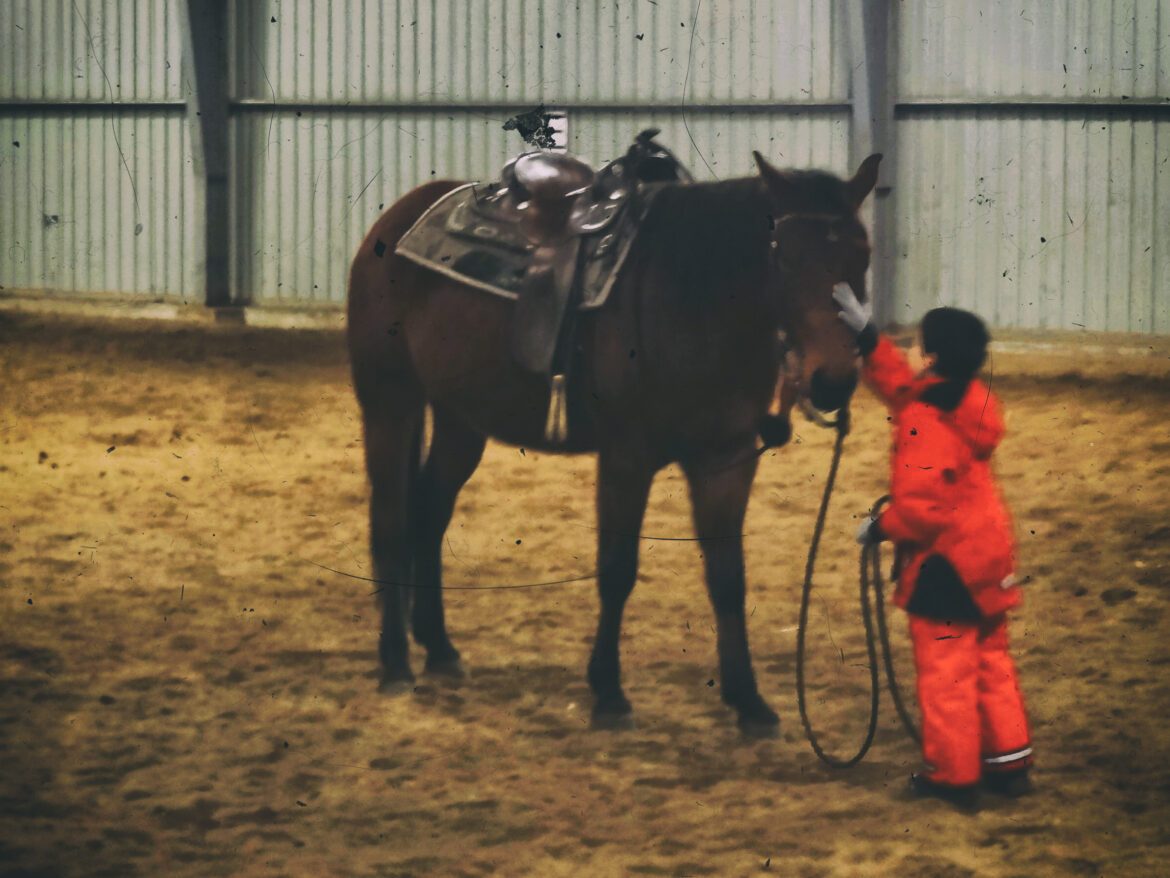The other day, I was preparing pancakes and my son came with a question: “Why do you add baking powder?”, and here I go for a casual lesson about bakery, chemical properties of yeast and so on. Another time, the question was about the German language, since we just then moved to Germany: it was time to have our first lesson, eins, zwei, drei…
I see the education of my horse the exact same way. When I arrive to the barn or the pasture, I have a plan in mind: I may lunge him first as usual, then we will work on refining the backing up, then I want to improve the seat-stops, etc. But this is only a guideline. There is a very important parameter to keep in mind: your horse might not be ready for this today, or he might need a completely different exercise in a particular situation.

Education of the horse
For example, last time I took my horse from the pasture, we walked between two lines of heavy iron fences, about one and a half metre large (or five feet), crossing a small stream. For some reason, this situation was considered scary, uncomfortable for my horse: education time! We stayed there for about ten minutes. I sent him from right to left, gently pushing him, crossing the hind legs every time he walked half a circle before me, and rubbing him a lot. By the end of this exercise, everything was under control: fences, “narrow” path, stream, that was not a problem anymore.
“You feel and listen to the horse. The experience of the results of this response helps you understand for the next time.”
True Unity, Tom Dorrance
Keep that in mind, your plan is a guideline, you will always have to adjust to where your horse is at this very moment. So, next time your horse tries to avoid the bit, gets spooky because of a plastic bag, starts to walk as soon as you sit in the saddle, etc. do not miss the opportunity to work this particular issue before you get back to your education plan.
